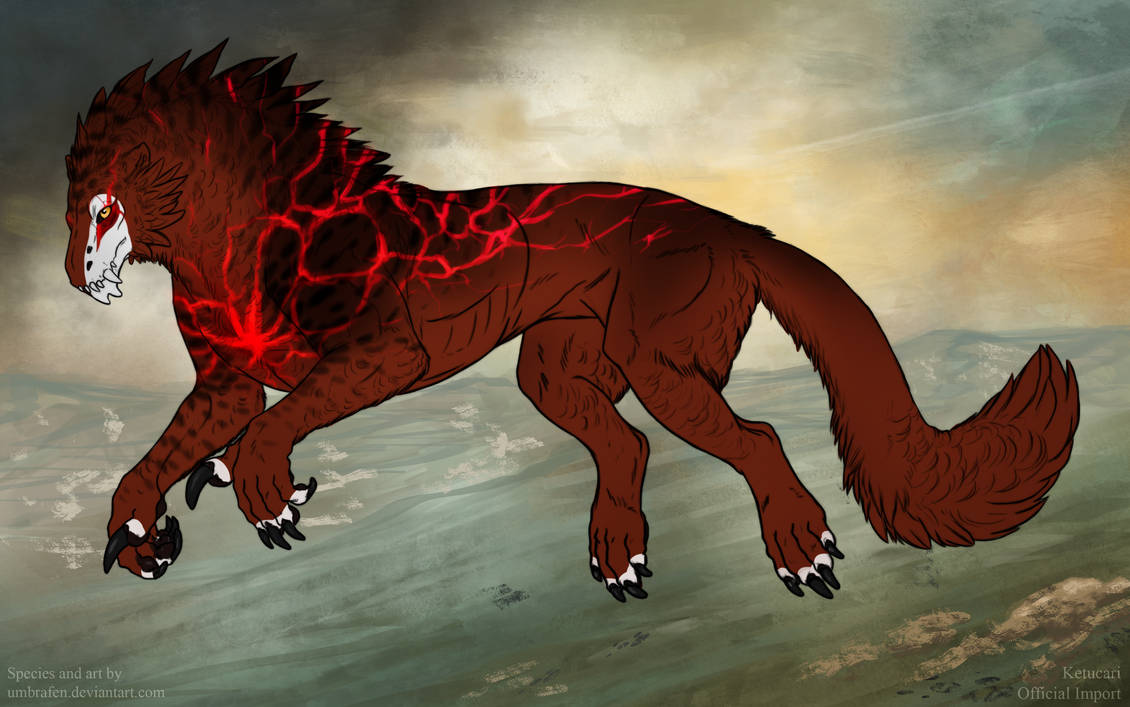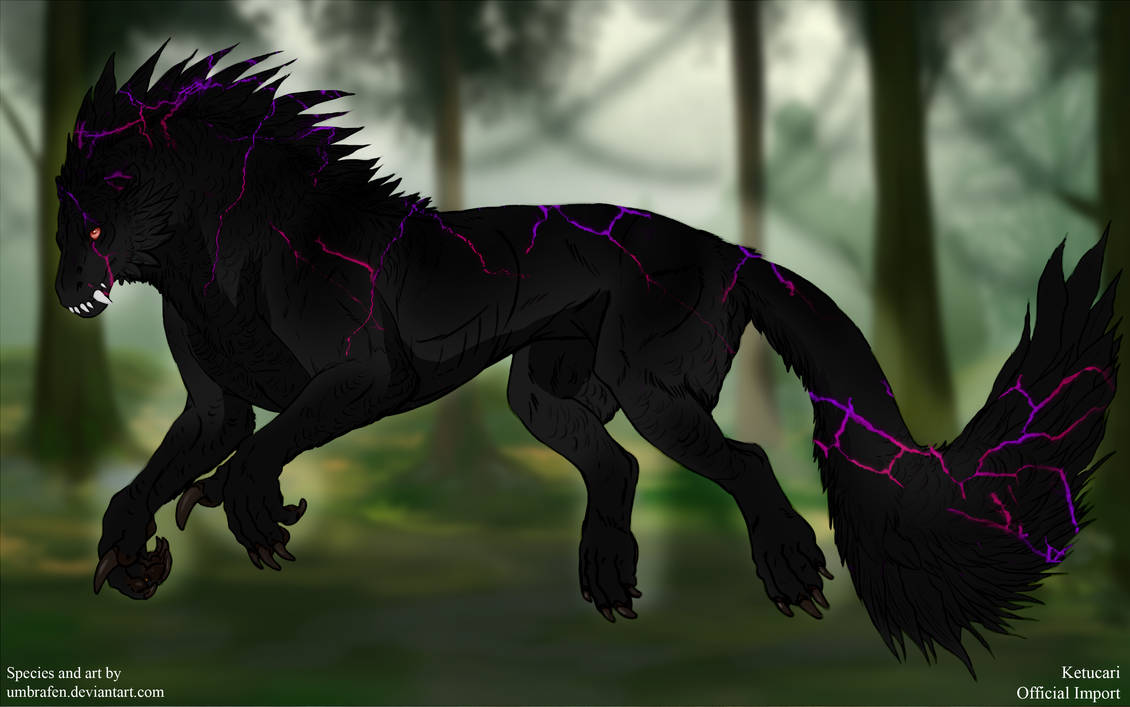Geode
Examples
Basics
The hard lines can be achieved either by hand or by use of a brush (it is recommended to use a brush that simulates
the cracks on rocks).
Color and Shape
![]() Geode can be any bright color (blue, violet, pink, green, orange, yellow, red). You may use up to three colors in geode.
Geode can be any bright color (blue, violet, pink, green, orange, yellow, red). You may use up to three colors in geode.![]() The "cracks" can travel either horizontally or vertically across the body.
The "cracks" can travel either horizontally or vertically across the body.![]() Lines may not be too uniform or resemble striping.
Lines may not be too uniform or resemble striping.
Range
Geode may appear on any part of the body. It must not cover more than 40% of the body, but must cover enough that it is immediately recognizable.
Interaction with Other Markings
![]() All markings can be layered under or over geode.
All markings can be layered under or over geode.
Accents
Here are some small accents you can add to your designs to make them more unique!
• Geode may have a gradient like below:








